Updated: 11-Mar-2020
CAPRONI-CAMPINI
(Italy)
Around 1934, engineer Secondo Campini studied on this type of propulsion (see Campini).
-Flight tests were done in 1940.
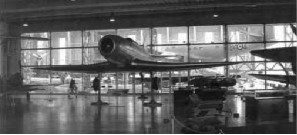
"CC-2 at Vigna di Valle"
-They used a 900 CV Isotta-Fraschini L.121 / R.C. 40 engine.
-Secondo did trials with another smaller model on a boat in Venice, which made him decide to make the aircraft engine (1932).
-It is said that in 1927 the Caproni company also experimented with jet propulsion, under the direction of L. Stipa from the Italian Ministry of Aeronautics. Later appeared the CC-1 and CC-2 aircraft.
-The CC1 made its first flight on October 27, 1940, taking off in Milan Linate and landing in Guidonia.
-The CC-2 did it in 1941 with a historic flight from Milan to Rome.
-The power plant was what is known as a "motorjet" in which air was forced by a three stage axial compressor driven by a piston engine.
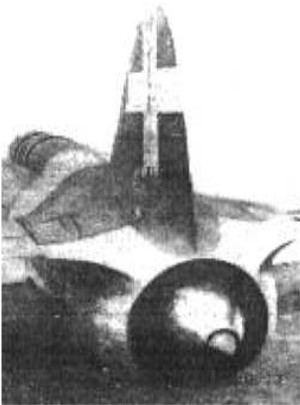
"Controllable outlet"
-This air flowed to an annular combustion chamber where fuel was injected and ignited. An adjustable exhaust nozzle adapted the outlet to each flight circumstance.

"CC-2"
-In their time, both the CC-1 and CC-2 caused furor due to its shape and fuselage thickness. It was known as the "Flying Cigar".
-A curious imaginative drawing at the beginning of the CC1's appearance. It is not interpreted that the system was more simple: a motorjet instead of a turbojet, besides it is a rather unreal concept. Or maybe it was an advanced post-CC2 project.

"Initial idea on thel CC1 concept"
-A really interesting project was Caproni's flying wing with mixed propulsion systems of the motorjet type, as we can see below.
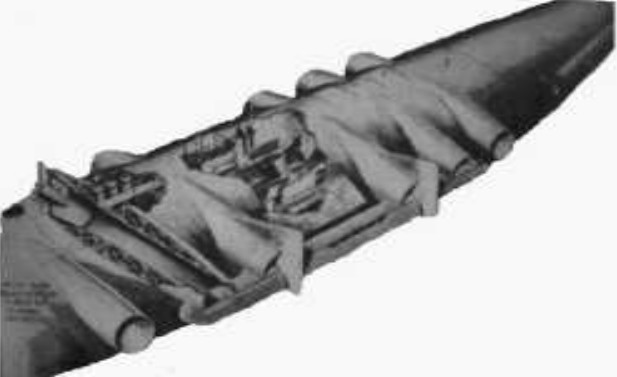
"Caproni's Flying Wing with six motorjets"
-A power plant of this flying wing project is shown below.
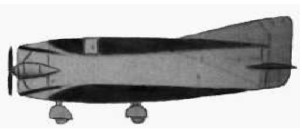
"Flying wing cross section"
-If we know the Caproni-Campini CC1 and CC2, we realize that the engine is insufficient for a big thrust, unless the piston engines were used for takeoff and cruise speed and after that the ducts started to work in ramjet mode.
-Note the augmentor type inlets. (See Laval).
-The Americans, many years later in 1947, carried out their Northrop flying wing project, being the XB-49 model with very similar lines, but with different power plants.
-From appendix 9: At the Science Museum of Milan there is a CC.2 motorjet fan. It was driven by a Asso IF L-121 RC-40 engine.
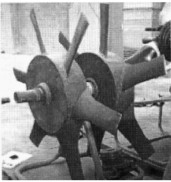
“CC.2 motorjet fan” (PiP)


